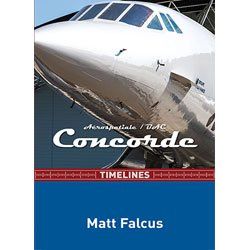Article by Diogo Monteiro
52 years ago, on March 2nd 1969, took off from Toulouse, France under the commands of the test pilot André Turcat the Concorde’s Prototype #001. After 52 years, and despite of being a commercial failure, the Concorde remains a legend and a symbol of the technological progress that still enchant the aviation geeks (and not only).
The year of 1969 was a year of exceptional events for both the aerospace sector and for the world itself: Richard Nixon takes the office as President of the United States of America, Apollo 11 lands on the moon, placing Neil Armstrong, the first human to walk on lunar soil, and the Boeing 747 known as the „Queen of the Skies” makes her first flight. In the same year, the doors of supersonic flights to civil aviation were finally open.
Concorde: The Beginning
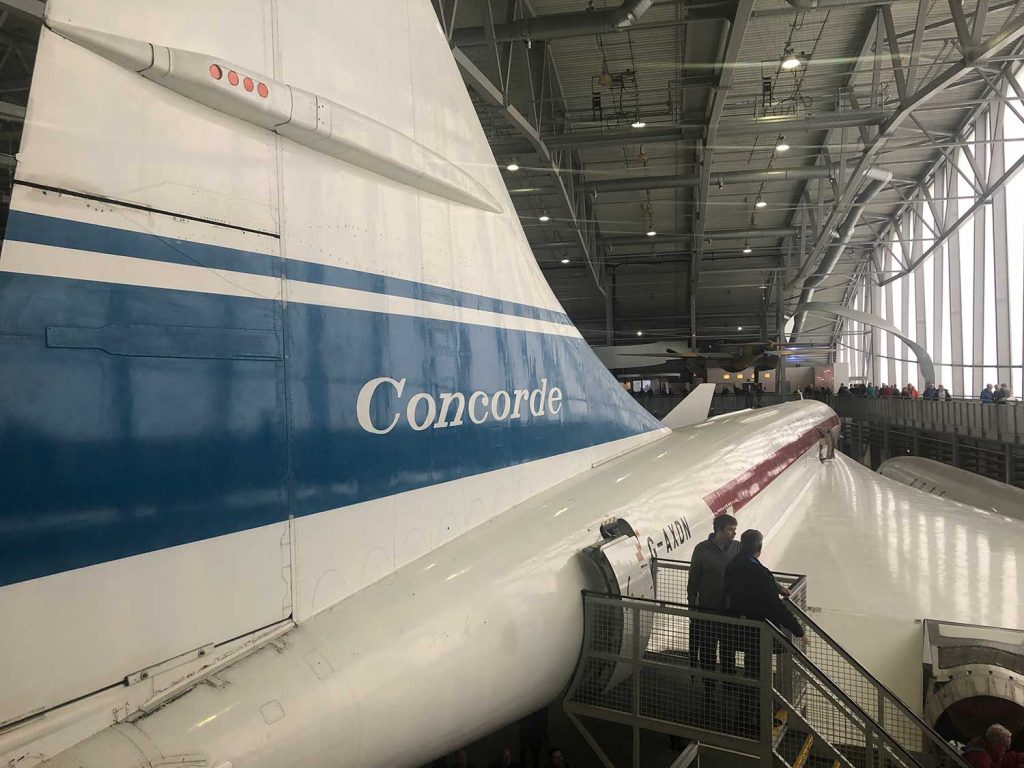
Initially the Concorde project was born in November 1962 thanks to an agreement between the British and French governments. The two allied companies of the two nations, British Aircraft Corporation on the UK side and Sud-Aviation on the French side were then commissioned to build a passenger aircraft that flew at twice the speed of sound.
As it isn’t unknown by the public, the feud between British and French, hindered the process of development of the Concorde, a reason for which, the two didn’t reach a consensus for the technical characteristics of the airplane as well as its name arriving however, to an understanding in 1967: „Concorde” as a synonym of European harmony and union. The initial project pointed to a prevision of 350 orders to fly up to 1980.
However, several factors have caused airlines to change their minds about this plane. The Concorde was too expensive, with its price risen 6 times more compared to the initial reaching 23 million pounds per unit.
On the other side, the oil crisis in a logical way altered the genesis of commercial aviation. Airlines began to search for more economical and operationally profitable aircraft (such as the 747 at that time).
Not to suffice, another aspect that didn’t please the airlines was the fact that the Concorde hit the sound barrier. This was translated into high levels of noise pollution, and high losses due to the sonic boom.
Even with all these negative aspects in mind, several airlines also made orders from the Concorde, passing the barrier of 100 orders up to 1967. But in 1973 most of the orders were cancelled, including those of Panair do Brasil. (despite not having made an official order, the Portuguese, TAP Air Portugal, had done studies to incorporate the supersonic jet in its fleet. A fact that never materialised).

Only the orders of the BOAC (current British Airways) and Air France remained. This translated into only 14 units built for commercial use. 7 for each airline and 6 for flight tests.
The Concorde Specs
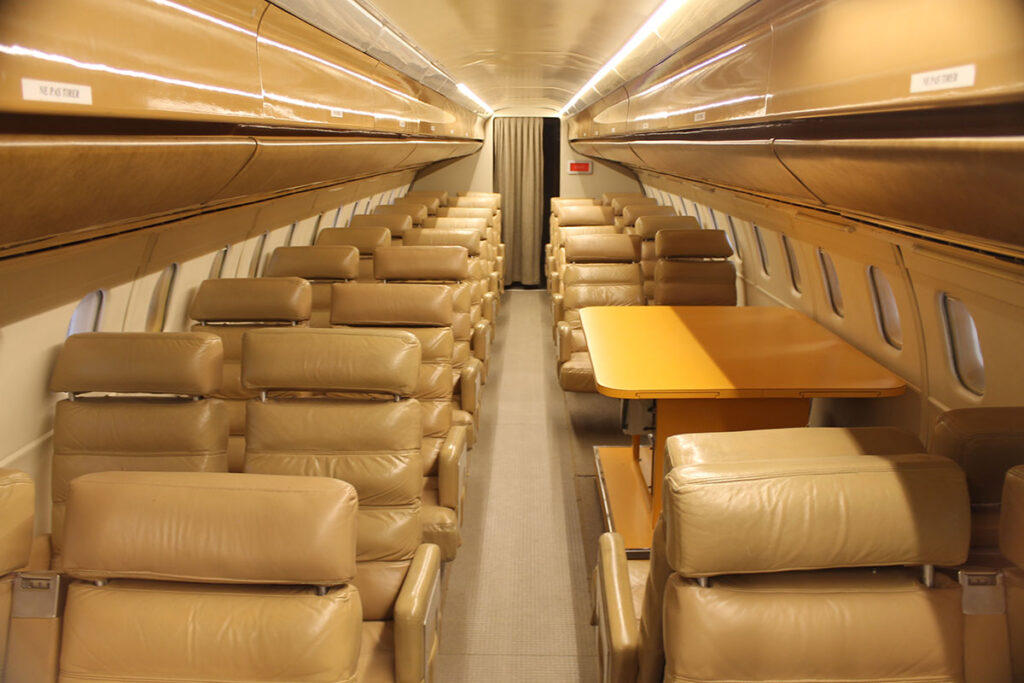
The Concorde had a very distinctive silhouette from the other planes, due to their supersonic flight capabilities. Even so, the Concorde had 61 meters long, 25 of wingspan and 12 meters high. Powered by four Rolls-Royce / SNECMA Olympus 593 engines, these generated 152 200 pounds of thrust thus allowing the Concorde to have an MTOW of 187 000 kg.
At level flight, the maximum speed certified for operation was Mach 2.02 (2 494 km/h, thus, faster than the rotation of the earth which is 1 666 km/h) at an altitude of 60 000 ft (18 300m). At this altitude, the temperature on the leading edges reached up to 130ºC. The pressure itself also warmed Concorde’s fuselage at the point if a passenger put his hand in the window it would get hot.
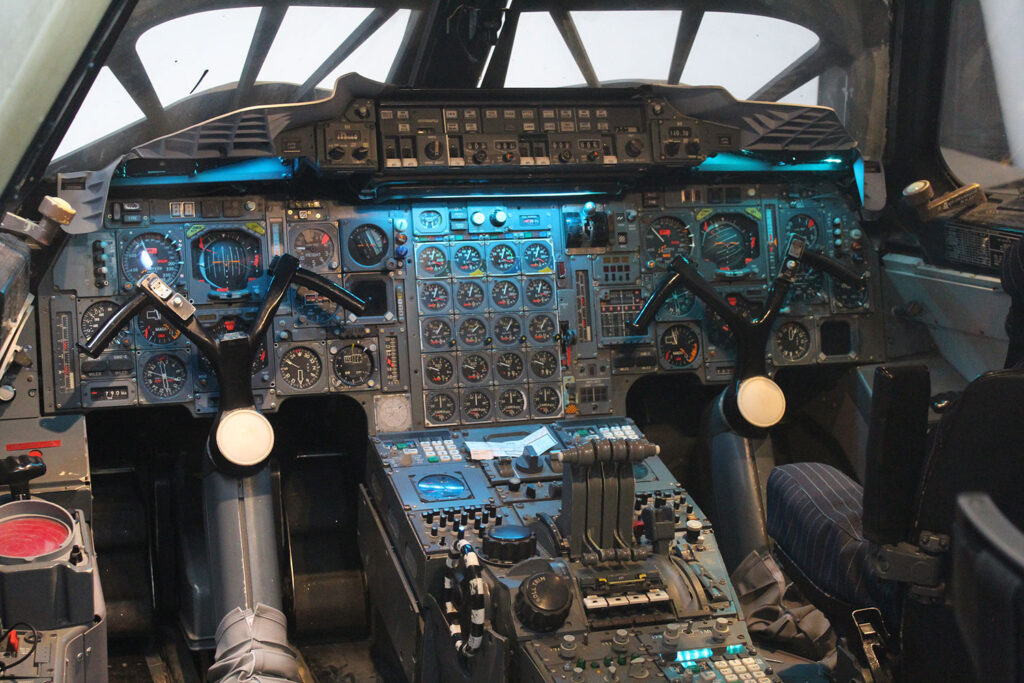
Concorde cockpit (c) Diogo Monteiro
Due to these temperature values that were hit on the flight cruise, the Concorde had to be painted mostly white, not to further increase the fuselage temperature. In 1996, one Concorde was painted to make advertising to Pepsi. The painting covered the airplane all in dark blue and for this it was necessary a special certification for the operation. The plane was limited to a 20-minute flight at Mach 2.02 and the wings had to keep the white color (due to fuel temperature).
For takeoff, the minimums were a runway of at least 3,600 meters, with a rate of climb of 25m/s, this all with a beautiful consumption of 22 000 liters of fuel burned per hour.
Despite being a relatively modern aircraft for that time, the Concorde still counted on the position of the flight engineer who was in charge of observing the hundreds of analog instruments that comprised the cockpit of the Concorde. With the fly-by-wire system, the autopilot allowed to fly with “hands off” from the climb to the descent.
The landing was carried out at 274 km/h and due to the high angle of attack that the Concorde needed to make the landing, the plane’s nose was movable, lowering 5º either on takeoff or landing. On the ground it was in a 12. 5 angle.
But, despite being narrow and tight, all the service in the Concorde was First Class standards. This reflected in the price of the ticket (10,000 US$) which almost tripled price compared to a regular flight on the same route.
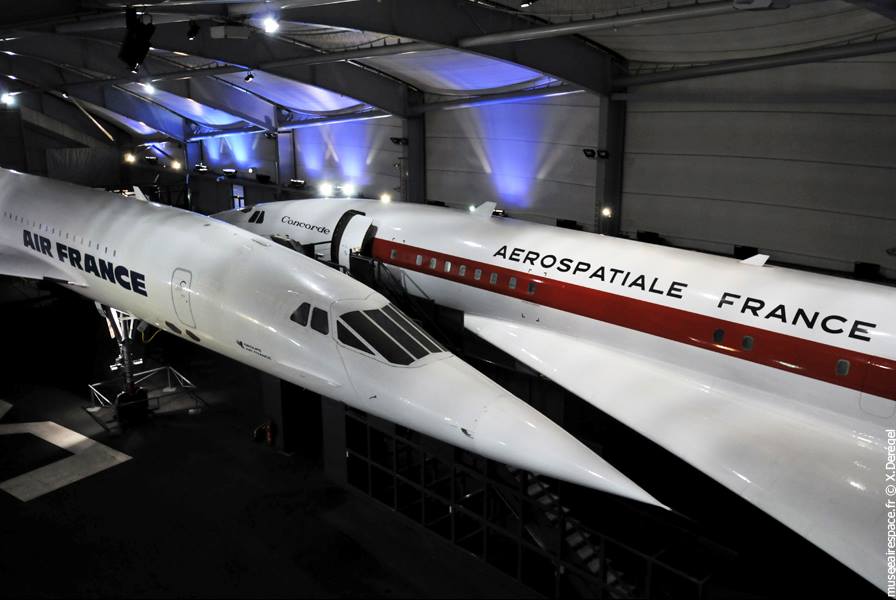
French prototype Concorde F-WTSS at Le Bourget Museum
Between Europe and the US, the average flight time on a subsonic plane is 8 hours. The Concorde made an average of 3 hours and 30 minutes. There were a total of 100 seats, made of leather, with smoking and non-smoking areas.
Each seat was approximately 60 cm long and the legroom was very small, with very small room for luggage as well, which was limited in weight.
Thus its not necessary to say the Concorde was not a fancy widebody, but a tight narrowbody in a configuration of 2-2.
Turn Around in Mach 2
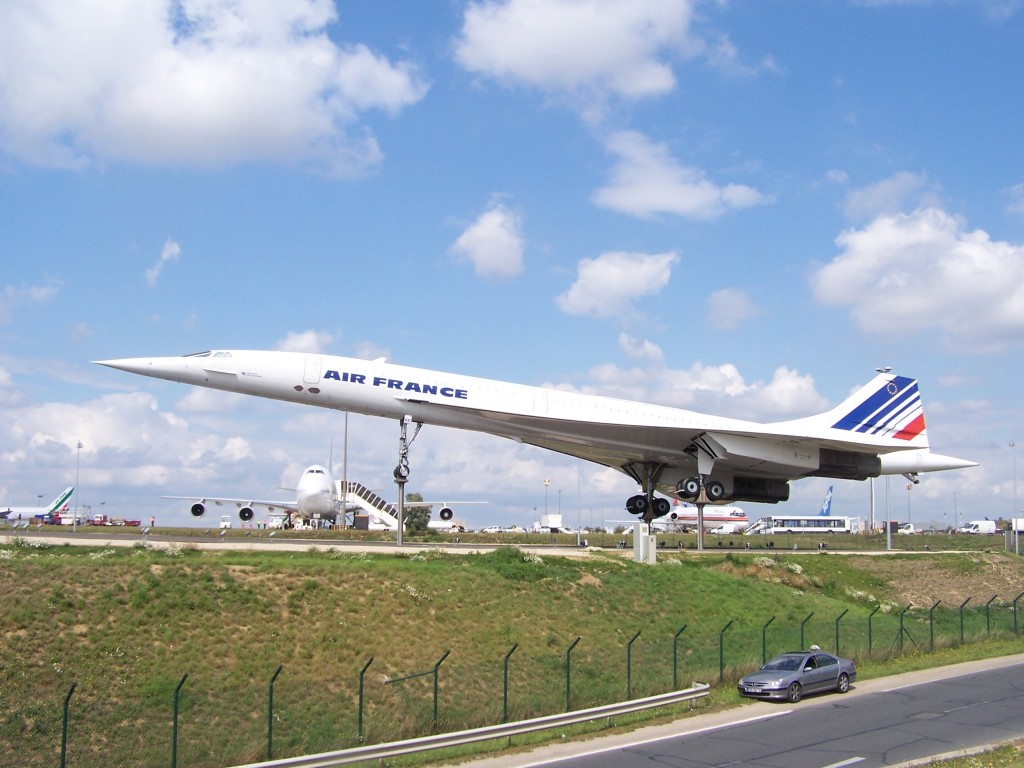
Preserved on poles near the taxiway at Paris CDG.
To demonstrate the speed of its Concorde, Air France made an initiative on December 19th 1985, which consisted of a Boeing 747 to take off from Paris to Boston. At the same time in Boston an Concorde took off towards Paris. Arriving in Paris, he stayed there 1 hour for turnaround and returned to Boston again. On landing the Concorde waited 11 minutes, until the 747 arrived in Boston.
The End

The end of the Concorde was anticipated due to the famous accident in Paris, shortly after takeoff, after a piece of a DC-10 from Continental Airlines stayed on the runway and hit one of the tires of the landing gear. The tyre burst, hitting the fuel tank creating a large fire. After this accident modifications were made to the tires and wings to ensure better safety and the Concorde returned to the skies on September 11th 2001…
However the accident itself in 2000, the September 11th attacks and the decision of Airbus (owner of Aérospatiale) to not provide more parts to the aircraft forced its withdrawal.
Richard Branson, owner of the Virgin Group, tried to buy the British Airways Concorde’s fleet but without success.
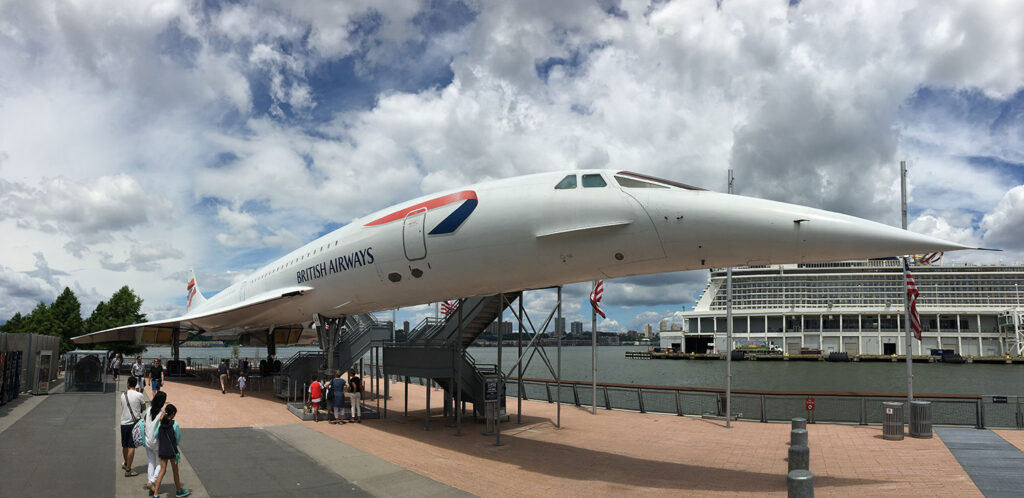
Concorde on display in New York (c) Diogo Monteiro
On 24th October 2003, Concorde made his last comercial flight on behalf of British Airways, between New York – JFK and London – Heathrow. Putting and end of the chapter of the supersonic travel. With this the Concorde rests in some museums and airports around the world.
[Where to See Concorde Today]
 Concorde Timelines Book
Concorde Timelines Book
Our book, Concorde Timelines, takes you on a journey through the history of the Concorde aircraft from Aerospatiale and BAC. Through archive images, photographs and history it tells the story of Concorde from inception to retirement, with full fleet listing and locations.
Order Your Copy


